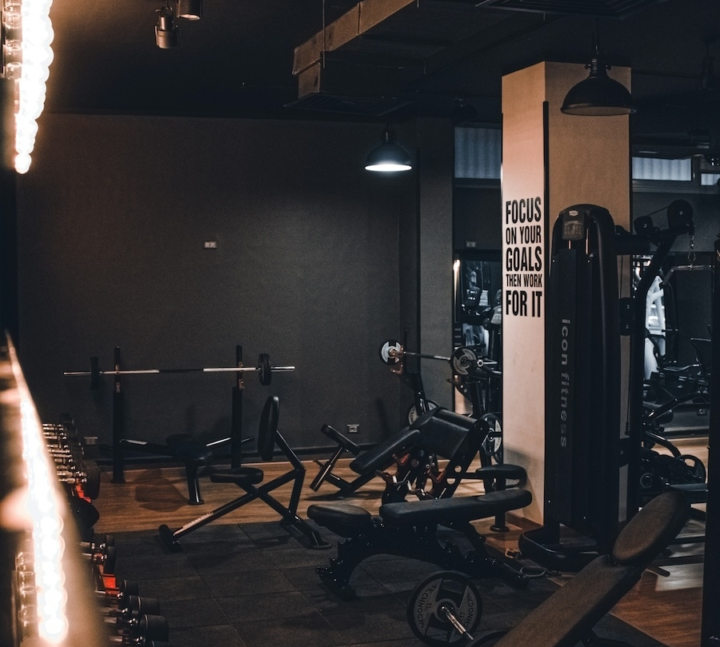Exercise
Kettlebell Upright Row
How to Perform - Kettlebell Upright Row
- Stand with your feet shoulder-width apart, holding a kettlebell with both hands in front of your body using an overhand grip.
- Position the kettlebell hanging just below your hips with your arms fully extended and your shoulders pulled back and down.
- Brace your core and maintain a neutral spine position throughout the movement to protect your lower back.
- Inhale and begin to lift the kettlebell by bending your elbows and raising them out to the sides.
- Pull the kettlebell upward along your body until it reaches roughly chest height, with your elbows higher than your wrists and pointing outward.
- Pause briefly at the top position while squeezing your shoulder blades together, maintaining an upright torso throughout.
- Exhale as you slowly lower the kettlebell back to the starting position with controlled movement, keeping it close to your body.
- Maintain tension in your upper back and shoulders as you complete the eccentric phase before beginning the next repetition.
Important information
- Keep your wrists firm and neutral throughout the exercise to prevent strain and maintain proper load distribution.
- Make sure your elbows stay higher than your hands during the lifting phase to properly engage your deltoids and trapezius muscles.
- Avoid excessive shrugging of your shoulders at the top of the movement; focus on lateral movement rather than vertical elevation.
- Don't swing or use momentum to lift the weight; maintain control and proper form to maximize effectiveness and reduce injury risk.
Primary Muscles
Muscle Groups
Mechanic
Risk Areas
Built for progress
Take the guesswork out of training
Create personalized AI-powered workout plans that evolve with you. Train smarter, track every rep and keep moving forward, one workout at a time.






The Kettlebell Upright Row stands as a powerful compound movement that delivers impressive results for your upper body, particularly targeting the front delts, side delts, and trapezius muscles. This intermediate-level exercise has earned its place in both bodybuilding regimens and high-intensity interval training protocols, making it versatile enough for various fitness goals.
When incorporated into your strength training routine, the Kettlebell Upright Row offers a unique advantage over its barbell or dumbbell counterparts. The kettlebell's design creates a different weight distribution that challenges your stabilizing muscles more intensely, leading to greater overall shoulder development and functional strength gains.
Athletes and fitness enthusiasts appreciate this movement for its efficiency in building that coveted V-taper physique. The upright row specifically emphasizes the lateral deltoids, which create width across your shoulders, while simultaneously engaging the anterior deltoids and upper traps to complete the aesthetic package. This comprehensive shoulder activation makes it an excellent bang-for-your-buck exercise when you're short on time but don't want to compromise results.
From a strength perspective, the Kettlebell Upright Row helps develop the explosive power needed for many athletic movements while building resilience in commonly injured areas. The controlled nature of the exercise allows for targeted muscle activation without excessive strain on the joints when performed with proper form.
Whether you're looking to break through a plateau in your bodybuilding journey or add a challenging element to your HIIT circuit, this exercise delivers consistent results. Many fitness professionals consider it essential for balanced shoulder development, as it complements pressing movements by targeting the often-neglected pulling pattern for the deltoid complex.
Remember that while the Kettlebell Upright Row offers significant benefits, it should be integrated thoughtfully into a well-rounded routine that addresses all major muscle groups and movement patterns for optimal results and injury prevention.
FAQ - Kettlebell Upright Row
The Kettlebell Upright Row primarily targets your deltoids (especially the lateral and anterior heads) and trapezius muscles. It also engages your biceps, forearms, and upper back as secondary muscle groups, making it an efficient compound movement for upper body development.
When performed with proper form and appropriate weight, this exercise can be safe for most people. However, if you have existing shoulder impingement or rotator cuff issues, you should modify by keeping the elbows below shoulder height or choose alternative exercises like lateral raises or face pulls.
The most common mistakes include pulling the kettlebell too high (above mid-chest), allowing the wrists to bend excessively, hunching the shoulders forward, and using momentum rather than controlled muscle engagement. Focus on maintaining a straight back, pulling with your elbows leading the movement, and keeping the kettlebell close to your body.
To make it easier, use a lighter kettlebell, reduce the range of motion, or try single-arm variations to master the movement pattern. To increase difficulty, use a heavier kettlebell, slow down the tempo (especially on the lowering phase), add a pause at the top of the movement, or incorporate it into a complex with other kettlebell exercises.
For optimal results without overtraining, incorporate this exercise 1-2 times weekly as part of your shoulder or pull training days. Allow 48-72 hours of recovery between sessions that target the same muscle groups, and adjust frequency based on your overall training volume and recovery capacity.







